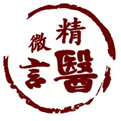
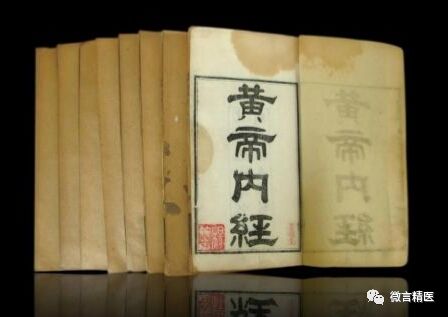
Weekly Insight
To prevent illness and diagnose diseases, one must deeply observe the physical condition, leaving no detail unnoticed.
—— Tang Dynasty, Sun Simiao
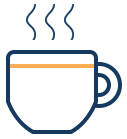
Enjoy a cup of fragrant tea, calm your mind, read a medical book, and understand the principles of civilization. Next, let’s delve into the world of medical literature together! In the previous issue, we discussed the observation of spirit and color in whole body diagnosis. In this issue, we will explore the remaining aspects of whole body observation, specifically shape and posture.

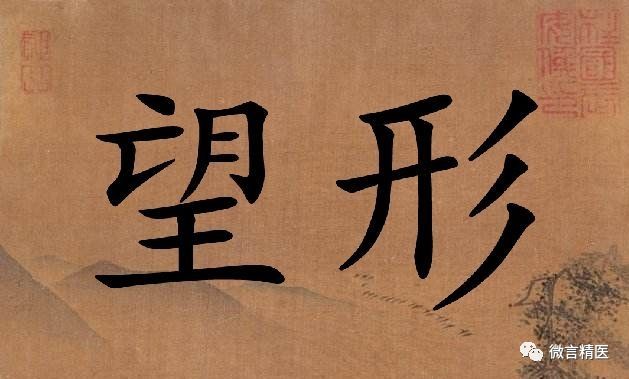

1. Observation of Shape
Observation of shape, also known as body shape observation, refers to the method of diagnosing diseases by observing the patient’s body type, constitution, and morphology.
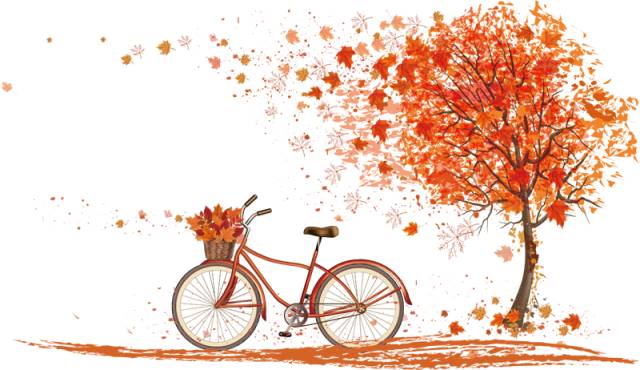

(1) Principles of Shape Observation in Diagnosis
The human body is centered around the five organs, and through the meridians, the qi and blood connect to the skin, flesh, vessels, tendons, and bones, forming the body. The five body types depend on the nourishment of the five organs’ essence and qi, and the movement of the body can promote the functions of the five organs. Therefore, the abundance or deficiency of the five organs’ essence and qi can be reflected externally through the five body types. Thus, by observing the strength, weakness, and body shape of the patient, one can understand the internal organs’ condition and the state of qi and blood.


(2) Content of Shape Observation

1. Strength and Weakness of the Body
① Strong: Characterized by large bones, broad chest, firm muscles, strong tendons, and smooth, moist skin, accompanied by abundant energy and good appetite, indicating solid internal organs, strong qi and blood, and high resistance to disease. Such individuals are less likely to fall ill and have a good prognosis even if they do.
② Weak: Characterized by small bones, narrow chest, thin muscles, weak tendons, and dry skin, accompanied by low energy and poor appetite, indicating weak internal organs, insufficient qi and blood, and low resistance to disease. Such individuals are more prone to illness and have a poor prognosis.

2. Body Fatness
In a healthy person, body fatness is moderate, and all tissues are proportionate. Excessive fatness or thinness may indicate pathological conditions. A common indicator for assessing body fatness is the Body Mass Index (BMI) (see “Tips”). When observing body fatness, it is important to consider it in conjunction with mental state, appetite, and food intake for a comprehensive assessment.
☼
① Obesity:
If the body is obese but with firm muscles, good appetite, and abundant energy, it indicates a healthy state. If the body is obese with loose flesh and low appetite, and experiences shortness of breath and fatigue upon exertion, it indicates a state of excess body with deficient qi. This is often seen in individuals with yang deficiency and spleen weakness, and excessive phlegm and dampness, making them prone to asthma, dizziness, and stroke, hence the saying “obese individuals often have phlegm and dampness.”
☼
② Thinness:
If the body is thin but with abundant energy and good spirit, it indicates a healthy person. If the body is thin with fatigue, shortness of breath, and reluctance to speak, it often indicates postnatal deficiency and qi and blood deficiency; if the thin person has a good appetite, it may indicate yin deficiency with excessive fire, which can be seen in conditions like diabetes and goiter; if the thin person has a red complexion and dry skin, it often indicates insufficient yin and blood, leading to malnourishment, commonly seen in the late stages of warm diseases and pulmonary tuberculosis. Hence the saying “thin individuals often have deficient fire and are prone to coughs.” If a long-term bedridden person appears emaciated, it indicates exhaustion of the internal organs’ essence and qi, which is a sign of critical illness.

Tips
Body Mass Index (BMI) = Weight (kg) / Height (m)². In 2000, the International Obesity Task Force proposed that the normal BMI range for Asian adults is 18.5 to 22.9; <18.5 is underweight; ≥23 is overweight; 23 to 24.9 is pre-obesity; 25 to 29.9 is Class I obesity; ≥30 is Class II obesity.



2. Observation of Posture
Observation of posture, also known as observation of stance, refers to the method of diagnosing diseases by observing the patient’s posture and movements.


(1) Principles of Posture Observation in Diagnosis
Firstly, the patient’s unique posture and movements are external manifestations of disease. Yang is active, while yin is passive. Patients with yang conditions, heat conditions, or excess conditions often exhibit hyperactive functions, appearing restless; while patients with yin conditions, cold conditions, or deficiency conditions often show reduced functions, appearing lethargic. Secondly, body movements are governed by the heart and spirit, so posture observation can also assess the state of the heart and spirit. When the heart and spirit are normal, limb movements are fluid and coordinated; when the heart and spirit are disturbed, limb movements may be disordered, leading to passive postures, forced postures, or involuntary movements.


(2) Abnormal Postures and Their Significance

1. Abnormal Postures
2018/05/01
① Sitting Posture: Sitting with head tilted back and chest expanded, often indicates lung excess and qi counterflow; sitting with a preference to lean forward and being quiet, often indicates lung deficiency and weakness. However, if unable to lie flat or can only half-lie, and experiences qi counterflow, cough, and shortness of breath when lying down, it often indicates lung distension and cough, or fluid retention in the chest and abdomen.
② Lying Posture:
When lying down, if the face is often turned inward, preferring stillness and unable to turn over, it often indicates yin conditions, cold conditions, or deficiency conditions; when lying down, if the face is often turned outward, appearing restless and able to turn over easily, it often indicates yang conditions, heat conditions, or excess conditions. Lying on the back with legs extended and kicking off covers often indicates excess heat conditions; curling up with legs drawn in and preferring covers often indicates deficiency cold conditions.
③ Standing Posture:
Unsteady standing, resembling drunkenness, accompanied by dizziness, often indicates internal wind of the liver or brain pathology; inability to stand for long, often needing support, often indicates deficiency of qi and blood. When standing (or sitting), frequently placing hands on the heart, closing eyes and remaining silent, often seen in heart deficiency; if holding the abdomen and leaning forward, often indicates abdominal pain.
④ Walking Posture:
Holding the waist with a bent back and difficulty moving often indicates lumbar and leg issues; suddenly stopping while walking and holding the heart often indicates abdominal or heart pain; unsteady walking may indicate internal wind of the liver, or damage to tendons and bones, or brain pathology.
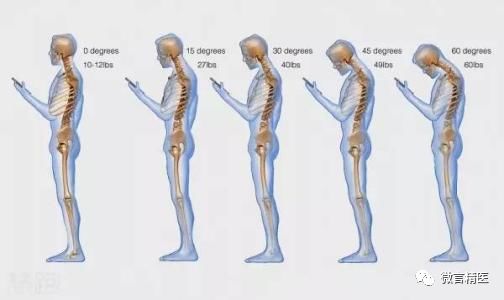

2. Abnormal Dynamics
Different diseases can produce different pathological states, and observing the abnormal dynamics of the patient’s limbs can aid in diagnosis.
If the lips, eyelids, fingers, or toes tremble, if seen in external heat diseases, it often indicates a precursor to wind movement; if seen in internal injury deficiency conditions, it often indicates insufficient qi and blood, leading to internal wind movement.
Stiff neck, upward gaze, limb convulsions, and arching of the back are often seen in pediatric convulsions, tetanus, epilepsy, eclampsia, or strychnine poisoning. Sudden fainting, loss of consciousness, and facial drooping, accompanied by hemiplegia, indicate a stroke.
If sudden fainting occurs with loss of consciousness, foaming at the mouth, and limb convulsions, returning to normal afterward, it indicates epilepsy. Weak limbs and difficulty moving often indicate atrophy syndrome. Joint stiffness and difficulty in flexion and extension often indicate bi syndrome.
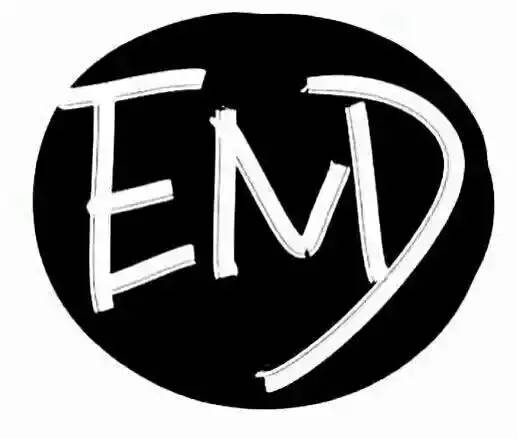
That concludes this issue of our discussion on Traditional Chinese Medicine. I look forward to bringing you more interesting TCM knowledge in the next issue. I hope all readers continue to follow us!
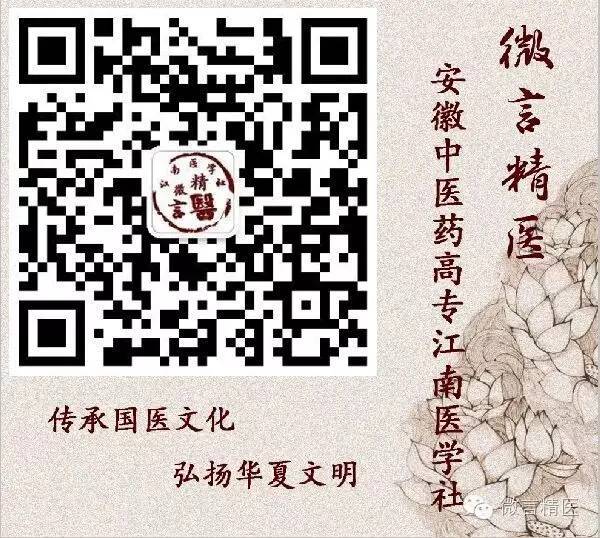

New Media Editors: Li Jinxia / Sun Yijia / Hao Lingzhi
Reviewers: Xu Lina / Yu Jianyi

